Polyurethane is everywhere—from the foam on your couch to the coatings on your floors. But here’s a question that pops up a lot: is polyurethane a plastic? The short answer is yes, but it’s a bit more complex than that. Polyurethane stands out because it doesn’t fit neatly into the same category as traditional plastics like polyethylene or PVC. It’s a polymer, sure, but its chemical structure and versatility make it unique. Let’s break it down and explore what makes polyurethane tick and why it’s considered a plastic.
Key Takeaways
- Polyurethane is classified as plastic because it is a polymer made from chemical reactions between diisocyanates and polyols.
- Unlike traditional plastics, polyurethane can mimic the properties of rubber, metal, and even fabric, making it incredibly versatile.
- Polyurethane was first developed in the 1930s and has since evolved into a material used in countless industries, from automotive to fashion.
- Its durability, flexibility, and resistance to chemicals make polyurethane a preferred choice over many other types of plastics.
- While polyurethane offers many benefits, its environmental impact is a growing concern, prompting advancements in eco-friendly alternatives and recycling methods.
The Chemistry Behind Why Polyurethane Is Plastic
Understanding Polyurethane’s Molecular Structure
Polyurethane is made up of repeating units that include urethane groups—these are the backbone of the material. These groups are formed when diisocyanates react with polyols, creating a strong bond that gives polyurethane its remarkable properties. This combination is what makes polyurethane so versatile, allowing it to act as a plastic in so many applications.
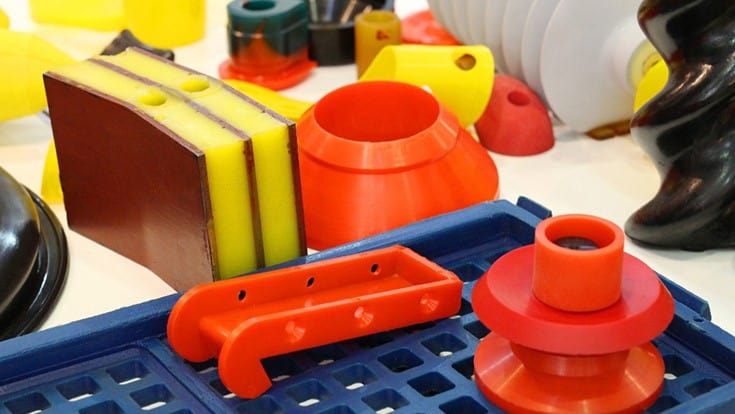
Polyurethane is versatile in many applications
Here’s why its molecular structure is so unique:
- It can be tailored to be rigid or flexible by adjusting the ratio of diisocyanates to polyols.
- The urethane bonds provide durability and resistance to wear and tear.
- Its structure allows it to be used in forms like foam, sheets, or coatings.
The Role of Diisocyanates and Polyols
Diisocyanates and polyols are the two key ingredients in making polyurethane. Think of them as the bread and butter of the process. When these two react, they create a polymer chain that forms the basis of polyurethane. Manufacturers can tweak these ingredients to create materials with different levels of hardness, elasticity, or chemical resistance. For example:
| Ingredient | Contribution to Properties |
|---|---|
| Diisocyanates | Adds rigidity and strength |
| Polyols | Contributes flexibility and softness |
Adjusting the proportions of these two components is what makes polyurethane so adaptable, whether it’s being used in a car seat or as insulation foam.
How Polyurethane Differs from Traditional Plastics
Unlike traditional plastics, which are often made from a single type of monomer, polyurethane is a copolymer. This means it’s made from two different types of molecules. Here’s how it stands apart:
- Versatility: While most plastics are rigid, polyurethane can be soft, stretchy, or foam-like.
- Customizability: Manufacturers can fine-tune its properties for specific applications, from industrial machinery to soft cushions.
- Durability: Polyurethane often lasts longer than many traditional plastics because of its resistance to chemicals and environmental wear.
Polyurethane’s unique chemistry is what makes it a standout material in the world of plastics. It blends the best of both worlds—offering flexibility like rubber and strength like plastic.
Historical Evolution of Polyurethane as a Plastic
The Invention of Polyurethane in the 1930s
Polyurethane’s story begins in the late 1930s when German chemist Otto Bayer developed the first polyurethane polymer. This groundbreaking discovery was a significant leap in polymer science, as it introduced a material with exceptional versatility. Unlike existing plastics, polyurethane could be tailored to exhibit a wide range of properties, from rigid to flexible, depending on its chemical composition.
Parallel Development with Other Plastics
During the same period, other plastics like polyethylene and nylon were also being developed, creating a golden age of polymer innovation. While materials such as nylon gained fame for their use in textiles and military applications, polyurethane carved its niche in coatings and foams. Its ability to mimic rubber, plastic, and even metal made it a standout material, bridging gaps that other polymers couldn’t address.
Modern Innovations in Polyurethane Applications
Fast forward to today, and polyurethane is everywhere. From memory foam mattresses to automotive interiors, its applications have grown exponentially. Modern manufacturing techniques have allowed for even greater customization, enabling polyurethane to meet the demands of industries like construction, fashion, and healthcare. Researchers are now even exploring eco-friendly versions, such as bio-based polyurethanes, to address sustainability challenges in the plastic industry.
Polyurethane’s evolution reflects not just scientific progress but also its adaptability to meet the ever-changing needs of society.
Key Properties That Make Polyurethane a Plastic
Durability and Flexibility of Polyurethane
Polyurethane stands out for its remarkable durability and flexibility. This material can endure a wide range of stresses without cracking or breaking, and it bounces back to its original shape after being stretched or compressed. This makes it ideal for products like cushions and seals that need both strength and elasticity. Additionally, its ability to withstand wear and tear ensures a long lifespan in demanding applications.

Polyurethane is used as a cushion
Chemical Resistance and Versatility
Polyurethane is highly resistant to chemicals, ozone, and environmental factors that degrade other materials. This means it can maintain its integrity in harsh conditions, whether it’s exposed to industrial chemicals or extreme weather. Manufacturers can also tweak its composition to create products with specific properties, such as varying levels of hardness or elasticity. This versatility allows polyurethane to serve a wide array of industries, from construction to fashion.
Comparing Polyurethane to Other Plastics
When compared to traditional plastics, polyurethane often comes out on top. Here’s a quick comparison:
| Property | Polyurethane | Traditional Plastics |
|---|---|---|
| Flexibility | High | Moderate to Low |
| Impact Resistance | Excellent | Often Brittle |
| Chemical Resistance | Superior | Varies by Type |
| Durability | Long-lasting | Moderate |
Polyurethane’s unique blend of strength, elasticity, and resistance makes it a material of choice for countless applications. Its ability to adapt to specific needs sets it apart from other plastics.
Applications of Polyurethane in Various Industries
Polyurethane in Automotive and Construction
Polyurethane is a go-to material in the automotive world for its durability and flexibility. In cars, it’s used in seats, dashboards, and even suspension bushings. Its ability to absorb vibrations and reduce noise makes it invaluable in improving ride quality. In construction, polyurethane adhesives are ideal for tasks like joining structural elements such as wall panels or installing windows and doors, ensuring strong and lasting bonds. Rigid polyurethane foam is also widely used for insulation, providing energy efficiency in homes and commercial buildings.
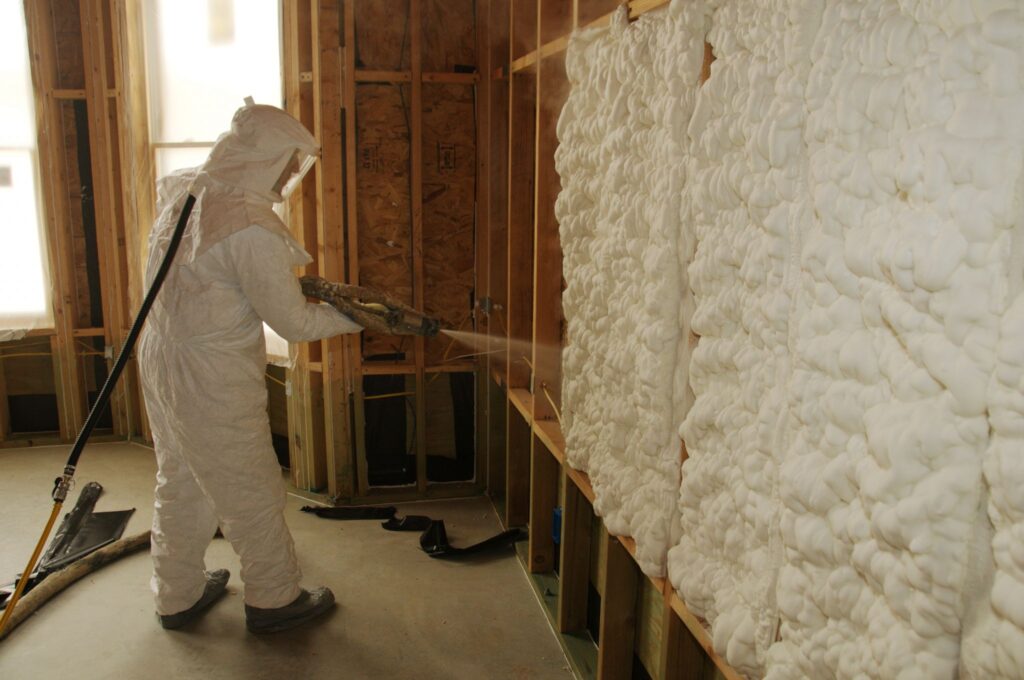
Polyurethane in Automotive and Construction
The Role of Polyurethane in Fashion and Design
If you’ve ever worn a pair of sneakers or carried a trendy bag, there’s a good chance polyurethane was involved. It’s commonly used in faux leather, giving designers an affordable and cruelty-free alternative to real leather. Beyond fashion, its ability to be molded into intricate shapes allows for creative furniture designs and decorative elements. Its versatility in finishes and colors makes it a favorite for both functional and aesthetic purposes.
Industrial Uses of Polyurethane Sheets and Foams
In the industrial sector, polyurethane shines as a reliable material for heavy-duty applications. Polyurethane sheets are often used in machinery for their abrasion resistance, extending the lifespan of components. Foams, on the other hand, are employed in packaging, providing cushioning for delicate items. Additionally, industrial rollers and conveyor belts benefit from polyurethane’s ability to withstand wear and tear while maintaining performance.
Polyurethane’s adaptability across industries highlights its importance as a material that balances function with innovation.
Thermosetting vs. Thermoplastic Polyurethane
Differences in Chemical Composition
Thermosetting and thermoplastic polyurethane (TPU) are two distinct types of polyurethane with unique chemical structures. Thermosetting polyurethane undergoes an irreversible chemical reaction during curing, creating a rigid, cross-linked polymer. This structure makes it highly durable and resistant to deformation under heat or stress. On the other hand, thermoplastic polyurethane does not form permanent cross-links. Instead, it softens when heated and hardens when cooled, allowing it to be reshaped multiple times. This flexibility makes TPU ideal for applications requiring adaptability and reusability.
Common Uses for Thermosetting Polyurethane
Thermosetting polyurethane is commonly used in applications demanding high strength and chemical resistance. Some examples include:
- Industrial coatings and varnishes for protection against abrasion and corrosion.
- Adhesives and sealants that need to withstand extreme conditions.
- Rigid foam insulation in construction for energy efficiency.
Its ability to maintain performance in harsh environments makes it a go-to choice for long-term, heavy-duty applications.
Applications of Thermoplastic Polyurethane
Thermoplastic polyurethane (TPU) is prized for its versatility and elasticity. It finds use in:
- Flexible hoses and tubing for fluid transport.
- Footwear components, like soles, for durability and comfort.
- Automotive parts, such as gaskets and seals, where flexibility and wear resistance are critical.
A key advantage of TPU is its compatibility with standard plastic processing equipment, making it cost-effective for mass production. However, as noted in thermoplastics, TPU may have limitations in heat resistance compared to thermosetting materials.
Thermosetting and thermoplastic polyurethanes each bring unique strengths to the table. Choosing between them often boils down to the specific demands of the application, whether it’s rigidity and durability or flexibility and reusability.
Environmental Considerations of Polyurethane as a Plastic
Sustainability Challenges of Polyurethane
Polyurethane’s durability is both a strength and a drawback. While it lasts a long time in applications, it doesn’t break down naturally in the environment, contributing to landfill waste. This non-biodegradability is a serious concern, especially as global waste continues to grow. Additionally, when polyurethane does degrade, it can release harmful chemicals into ecosystems, impacting soil and water quality.
Advancements in Eco-Friendly Polyurethane
To address these challenges, researchers are exploring innovative solutions, such as microbial enzymes that can break down polyurethane’s complex structure. These enzymes could make recycling processes more efficient, offering a way to reduce the material’s environmental footprint. Another promising development is the creation of bio-based polyurethanes made from renewable resources, which could minimize reliance on fossil fuels.
Recycling and Disposal of Polyurethane Products
Recycling polyurethane is tricky due to its chemical structure. However, certain types of polyurethane, like thermoplastic variants, are easier to recycle and can be reused in new products. Key efforts include:
- Developing mechanical recycling methods to repurpose polyurethane waste.
- Investigating chemical recycling to break it down into reusable raw materials.
- Encouraging industries to adopt closed-loop systems, where waste is fully recycled into new polyurethane products.
Polyurethane’s environmental impact is significant, but ongoing innovations in recycling and sustainability offer hope for reducing its ecological footprint.
Why Polyurethane Is Often Preferred Over Other Plastics
Superior Strength and Impact Resistance
Polyurethane stands out when it comes to handling stress and impact. While many plastics can crack or shatter under pressure, polyurethane maintains its structural integrity. Its ability to resist breaking even at higher hardness levels (durometers) makes it a reliable choice in demanding environments. For example, polyurethane’s performance ranges from soft, flexible grades to tough, rigid forms, offering more versatility than traditional plastics.
Elasticity and Sound Dampening Properties
Polyurethane has an impressive ability to stretch and return to its original shape without losing strength. Plastics, on the other hand, often deform permanently. This elasticity makes polyurethane ideal for applications requiring flexibility. Additionally, it excels at absorbing vibrations and reducing noise, making it a preferred material in industries like automotive and construction where sound dampening is critical.
Cost-Effectiveness in Long-Term Applications
Although the upfront cost of polyurethane might sometimes be higher, its durability and low maintenance requirements make it a more economical choice over time. It resists wear and tear better than many plastics, reducing the need for frequent replacements. This long-term cost efficiency is why industries often choose polyurethane for products like seals, gaskets, and industrial components.
Polyurethane’s unique combination of strength, flexibility, and durability makes it a standout option for industries seeking reliable and cost-effective materials.
| Property | Polyurethane | Plastics |
|---|---|---|
| Impact Resistance | High, resists cracking | Moderate to low, prone to breaking |
| Elasticity | Excellent, retains original shape | Limited, prone to permanent damage |
| Sound Dampening | Superior vibration absorption | Minimal sound dampening |
| Long-Term Durability | High, withstands wear and tear | Moderate, needs frequent replacement |
For applications requiring versatile and resilient materials, polyurethane often outperforms traditional plastics, offering unmatched reliability and performance.
Wrapping It Up: Polyurethane and Plastic
So, is polyurethane a plastic? Well, yes and no. Technically, it belongs to the polymer family, which includes plastics, but it’s got its unique vibe. Unlike typical plastics, polyurethane is super flexible in how it can be made and used. It’s like the chameleon of materials—able to mimic the properties of rubber, metal, or even foam. Whether it’s in your car seats, your shoes, or insulation in your walls, polyurethane is everywhere, quietly doing its job. Hopefully, this guide helped clear up some of the confusion and gave you a better idea of why polyurethane is such a big deal. It’s not just plastic; it’s a material that’s shaping the way we live and work.
Read more: Is Polyurethane Toxic? Understanding the Risks and Safety Measures


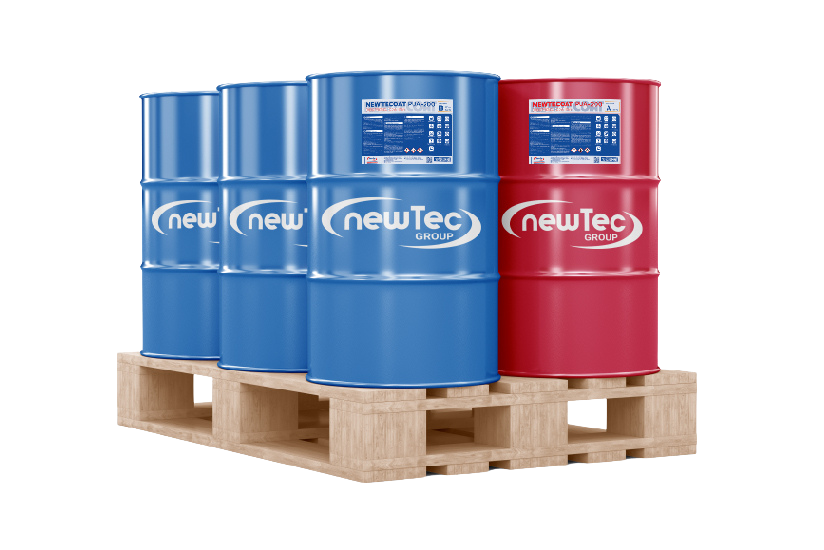
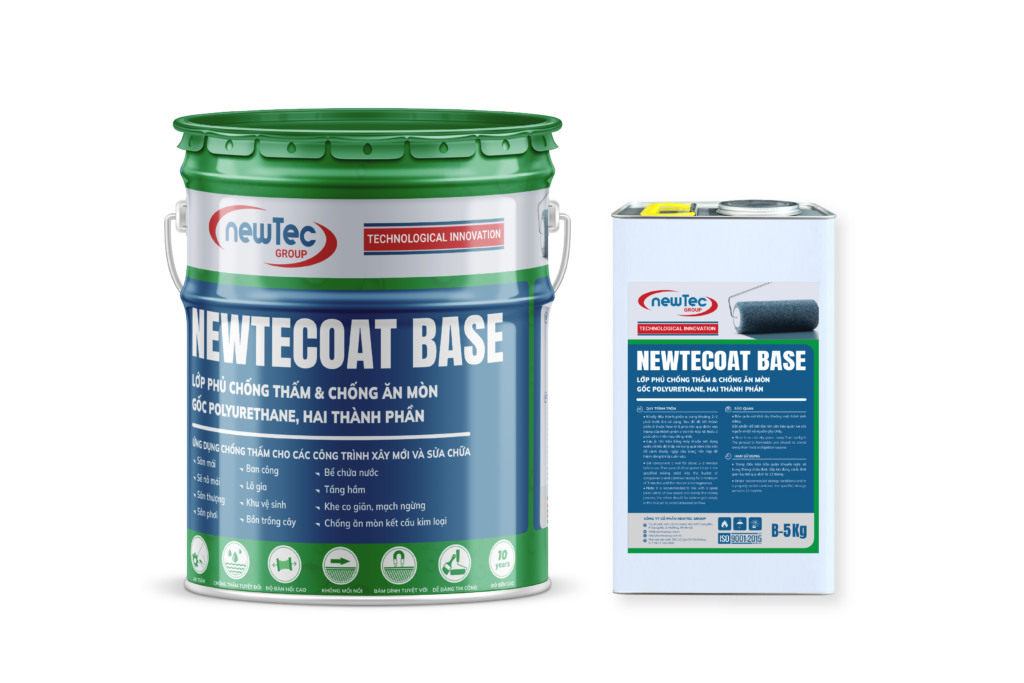
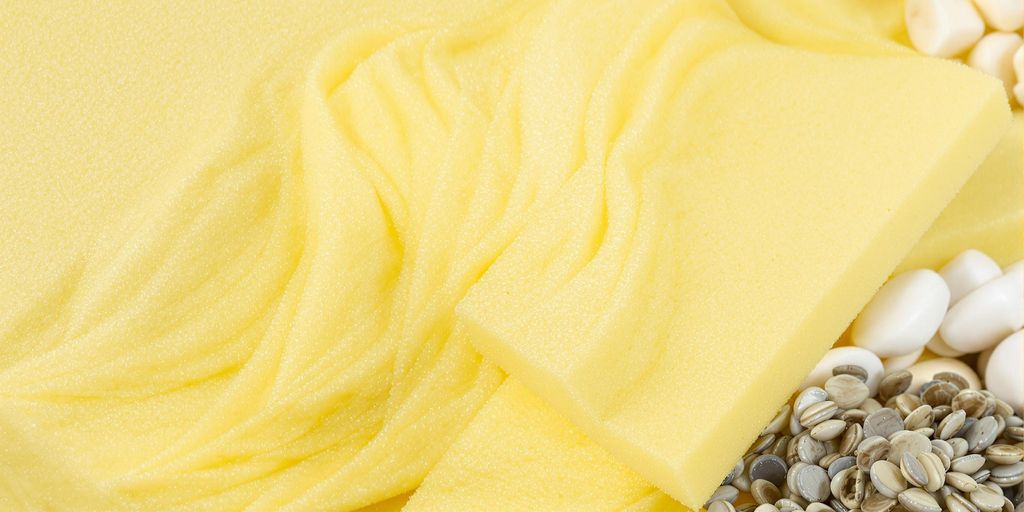
You may also be interested in
Understanding What Polyurethane Foam When Burned Gives Off: Health Risks and Safety Precautions
Polyurethane foam is commonly used in many products, from furniture to insulation. However, when it
May
Exploring the Question: Is Polyurethane Durable Enough for Everyday Use?
Polyurethane is everywhere, from the cushions on your couch to the insulation in your walls.
May
Exploring the Truth: Is Polyurethane Eco Friendly in Today’s World?
Polyurethane is everywhere these days, from your furniture to your sneakers, but is polyurethane eco
May
Trusted Polyurea Manufacturer for Philippines Supporting Industrial and Construction Excellence
The polyurea market in the Philippines is poised for significant growth from 2025 to 2031,
May
The Role of a Reliable Polyurea Manufacturer for Malaysia in Enhancing Construction Quality
Polyurea coatings have become increasingly vital in Malaysia’s industrial and construction sectors due to their
May
Reliable Polyurea Manufacturer for Cambodia Supporting Industrial and Construction Growth
Polyurea coatings are increasingly recognized for their vital role in the industrial and construction sectors,
May
Meet the Leading Polyurea Manufacturer for Thailand Powering Industrial Applications
Polyurea coatings have become an essential solution in various industrial sectors due to their exceptional durability, rapid curing times, and resistance to
May
Exploring Polyurea Manufacturer & Custom Coating Options in Southeast Asia
Polyurea coatings have become a game-changer in the protective coatings industry due to their remarkable
May